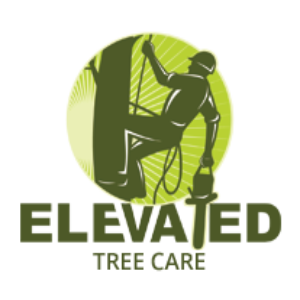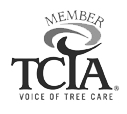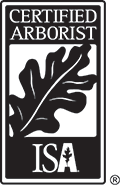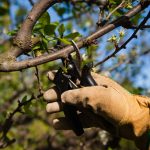Proper crane communication is often overlooked or under taught in the tree industry. Most crane operators are not as confident with tree removals, because unpredictable weights can fluctuate between trees. Large pieces being taken down could also flip and if that happens it places a lot more force on the crane. Therefore; it is important to establish proper communication before the job has started.
All crane operators and all tree removal crew members should fill out their own job hazard analysis. This allow the two crews working together to acknowledge they are aware of all precautions needed and tasks required on the work site. Once the hazards are known, the next step is to ask the crane operator how much he can safely lift without tipping the crane. All operators should give you a low-end number until they see you are a confident and safe arborist.
Arborists should make it clear that they are in control when strapping and cutting, and the crane operator is in control when they piece is being lifted. If the climber asks for 200 pounds of tension and the operator puts 1,500 pounds instead, it can make for a very dangerous situation for the climber. For example, if an arborist is taking longer than expected to finish making his cut, the crane operator may get impatient. The operator might put excess tension on the tree being removed without the climber knowing to try and rip it off faster. If this happens, the piece will break free and act like a slingshot. This can be very dangerous because the climber would have a very large piece bouncing up and down next to them.
Here are some general terms that you should know before getting on a crane-assisted tree removal.
- Cable up: Crane cable rises up
- Cable down: Crane cable lowers down
- Boom up: The boom of the crane lifts up
- Boom down: The boom of the crane lowers down
- Boom radius: The crane operator keeps the same boom deflection from the tree to the ground crew. Operator only cables up or down and booms left or right. Without moving the boom up and down once the pick is free, this saves an enormous amount of time.
- Example: The tree is 100 feet away from the crane, therefore, you set up the ground crew 100 feet away from the crane. Must have a lot of space on the ground, usually a road closure
- Boom deflection: The angle of the boom compared to an object
- 10-4: Roger that or got it.
- Operator right: The crane boom moves right
- Operator left: The crane boom moves left
- Hold: Crane operator to pause
- Stand by for cut: Prepares crane operator that the climber is about to start cutting
- “Fly-in”: Climber is lifted by crane into tree
- Oiler: Semi truck that accompanies crane for weights, extra equipment and greasing
- Hook: Where straps are attached to crane, bottom of the cable
- Ball: Where the climber ties into on the cable, to fly into canopy. Found a couple of feet above the hook on the cable
- Shock-load: Pick comes off in a violent manner adding more force to the crane. If too much is applied, then the crane has potential to tip. Usually, the ball and hook swing around in an aggressive fashion
- Jib: Crane boom extender, that gives you more reach, but is much more sensitive. Picks are more likely to bounce when free
- Pick: Piece being rigged and lifted by crane











